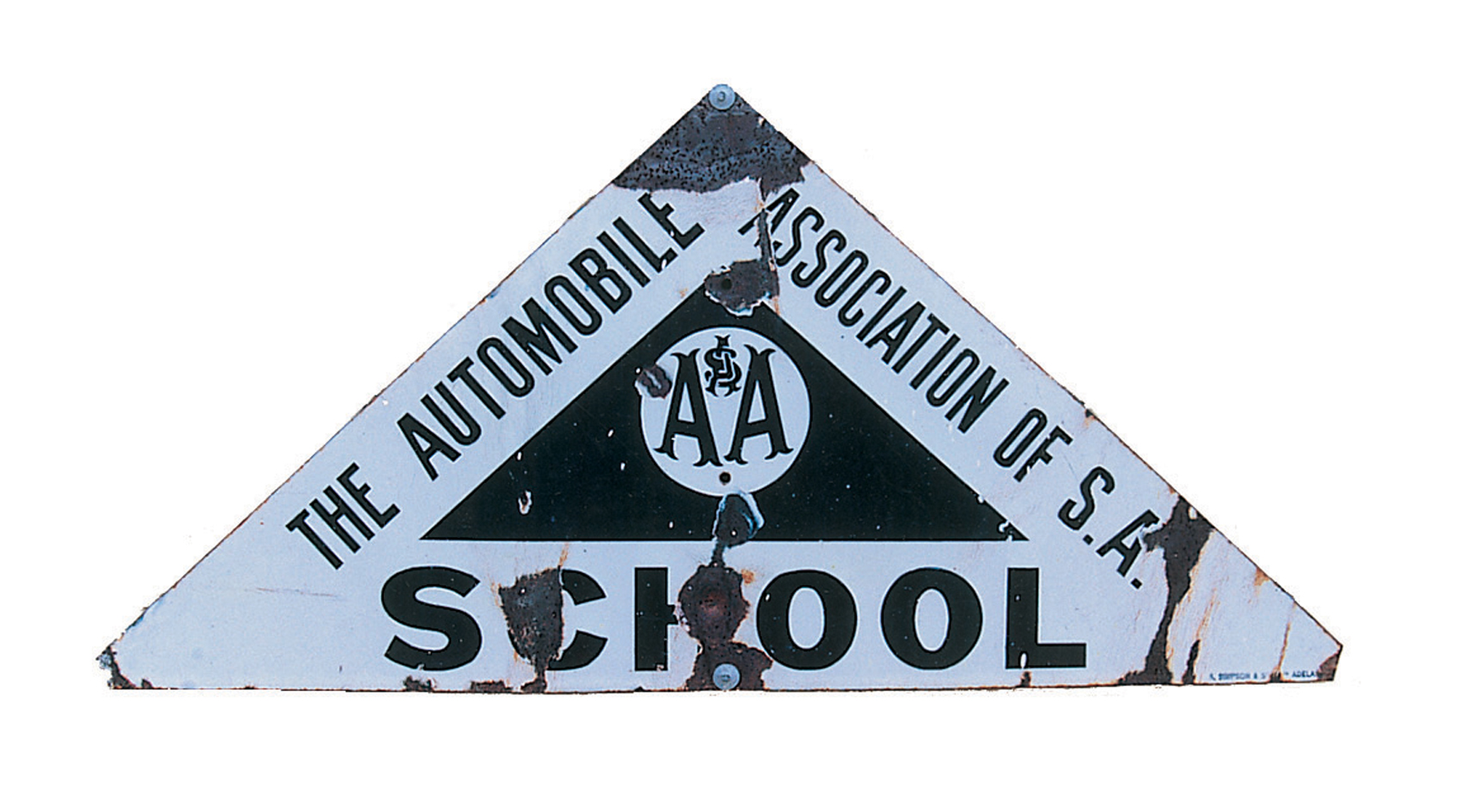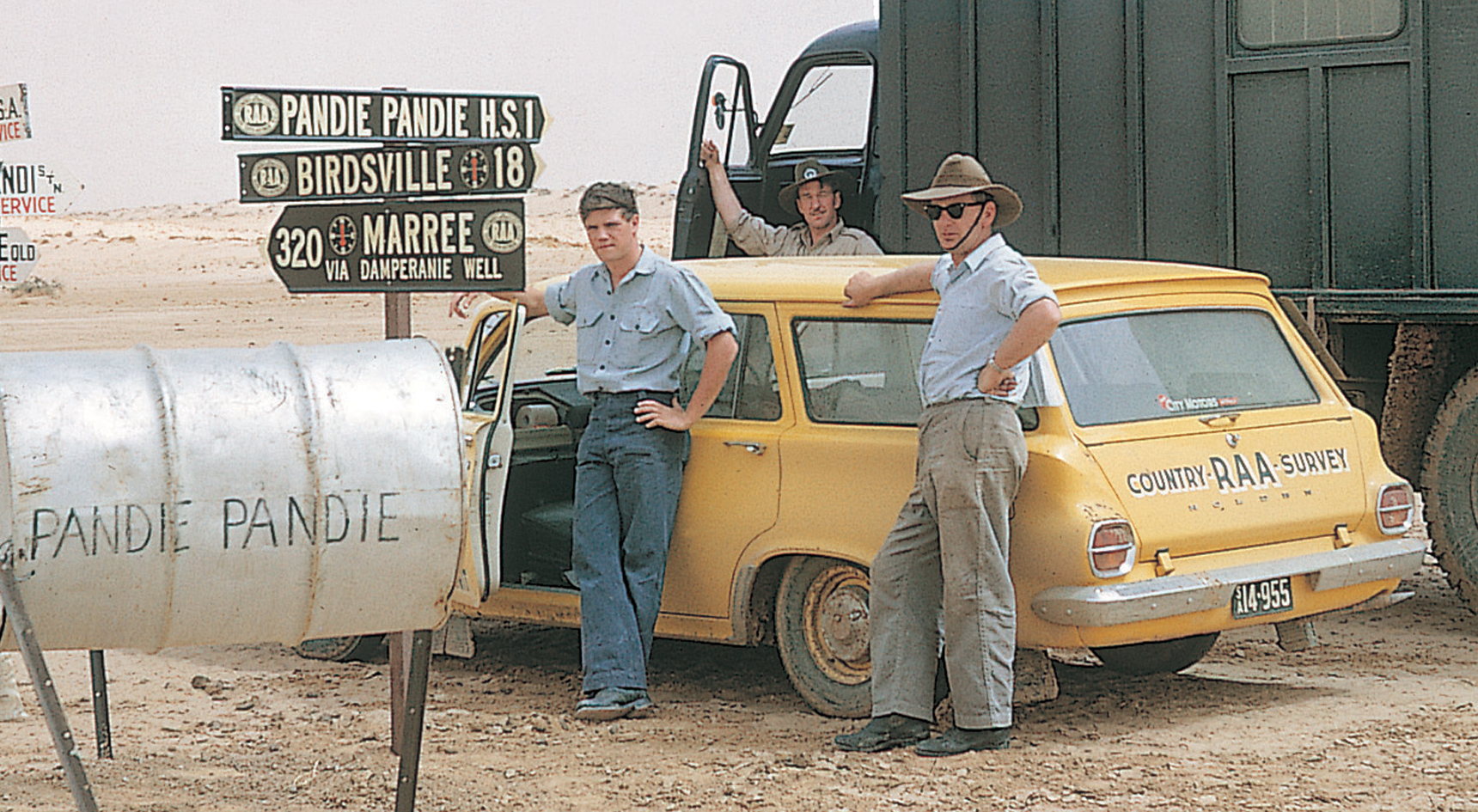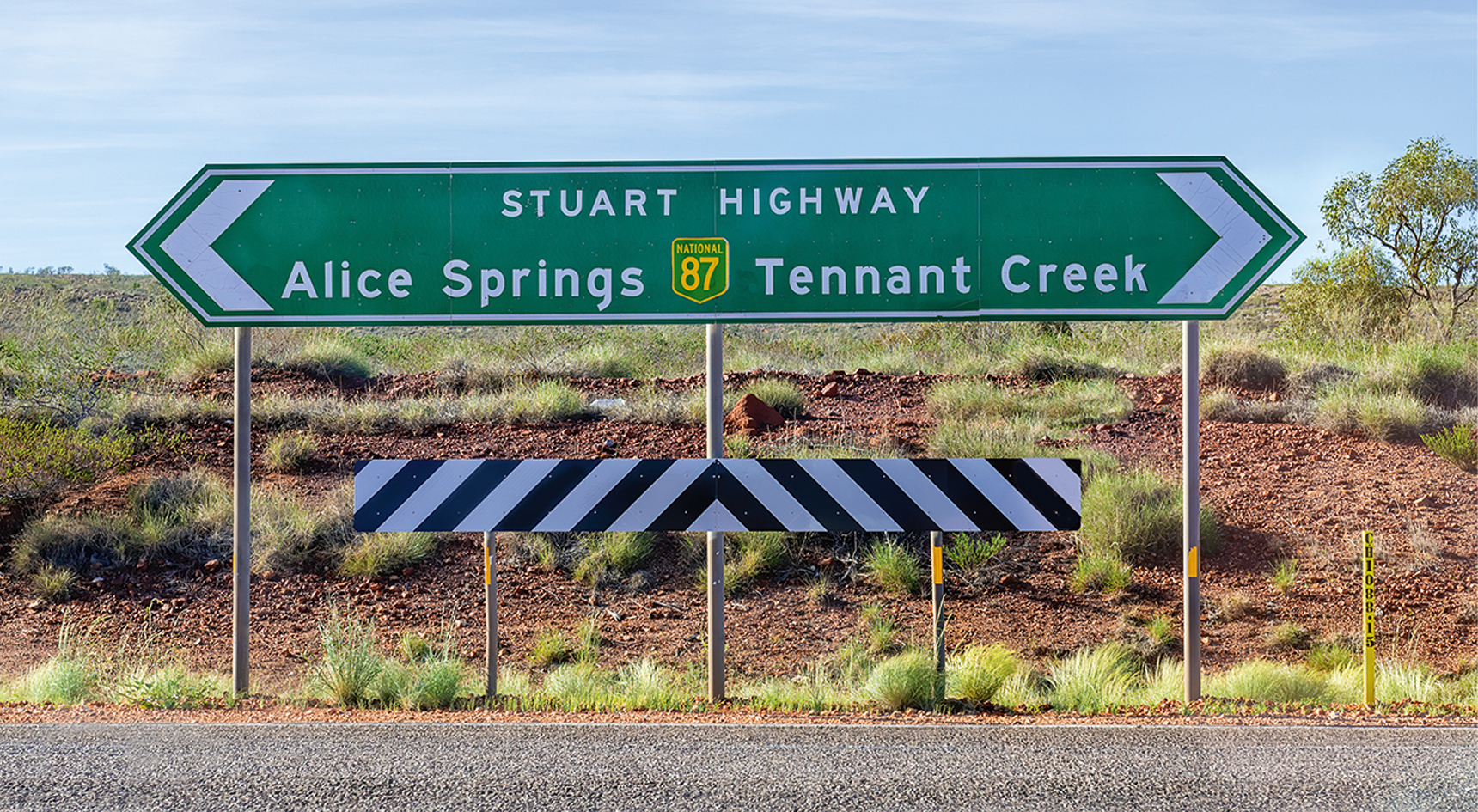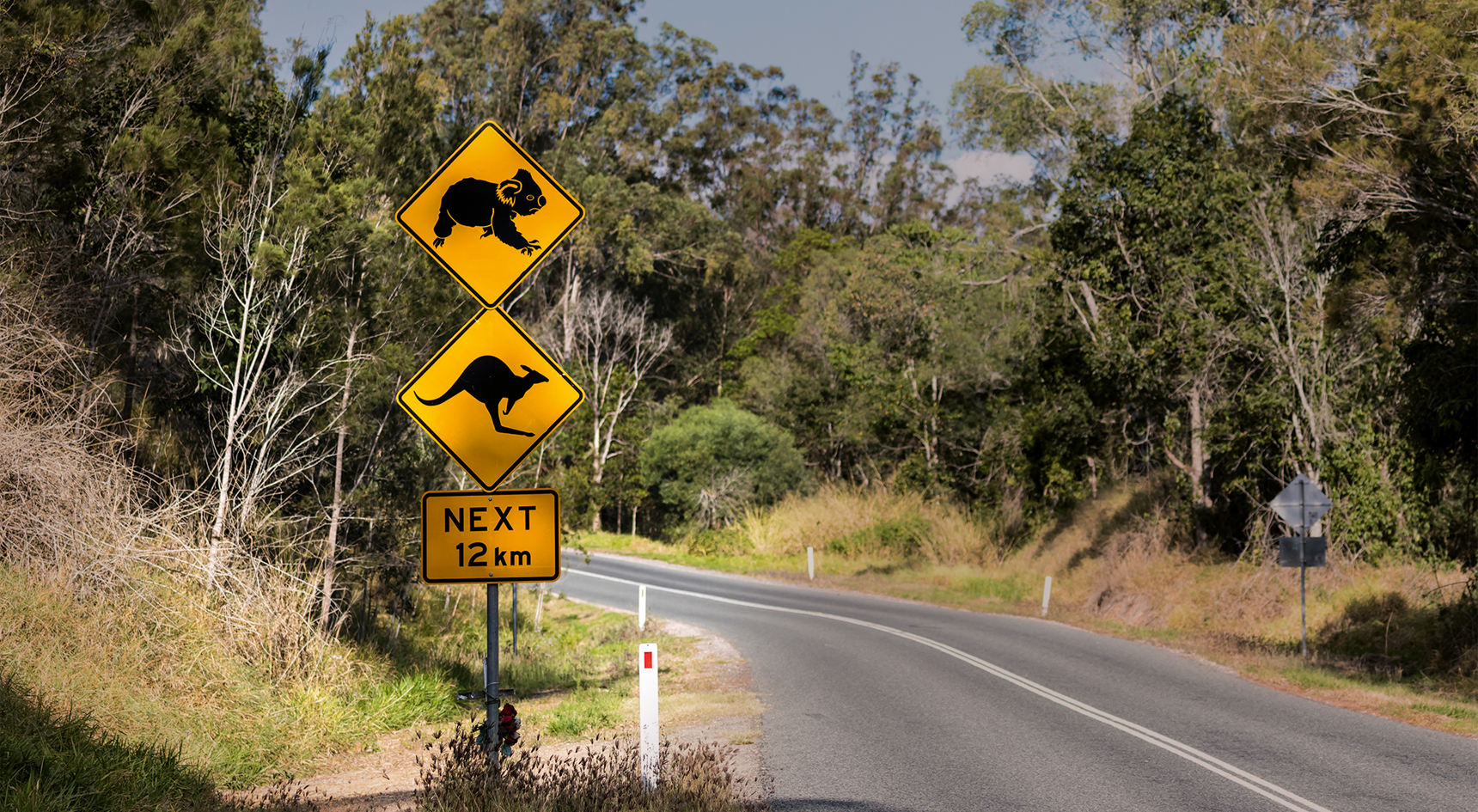Give me a sign

Signs dot our vast landscape, popping up along stretches of bitumen, pavement and dirt in bustling cities, leafy suburbs and quaint country towns. From Alice Springs to Oodnadatta and Mackay to Melbourne, you’ll find road signs – without them, there would be chaos on our roads.
However, you can’t just grab a hammer and pound a road sign into the ground.
Motorists instantly know that a bright-red octagon-shaped road sign means stop. It doesn’t matter if it says stop, halt or alto – the German and Spanish words found on stop signs.
While red is the most common colour used on stop signs, it hasn’t always been that way. Some areas of the United States used yellow stop signs up until 1954 before red became the standard colour.
At the time, yellow pigment didn’t fade as much as the red colour on the market. Eventually, red became standard across the United States and the rest of the world.
But why red? It stands out. It’s one of the most visible colours on the spectrum, second only to – you guessed it – yellow.
So, who decides where a road sign should be placed, what colour it should be and the images that should be included? It’s a lengthy process, so strap yourself in and get ready to take a ride down the highway of road-sign design.

RAA’s road signs
In the early 20th century, when RAA was in its infancy, cars were becoming increasingly popular in South Australia. With more cars taking to the roads, there were concerns about dangerous roads, prompting RAA to install warning signs at notorious blackspots.
By 1909, triangular signs alerted motorists to dangerous corners on Upper Sturt Road and Victor Harbor Road near Ashbourne.
Over the next few years, RAA began installing directional signs across South Australia, including remote areas like the Birdsville Track. In 1974, road signs were standardised and they became the State Government’s responsibility.
Rumour has it there may be some original RAA signposts hidden somewhere in the Adelaide Hills. One member even found a sign in a shed.

Installing a road sign
We’ve come a long way since the early 1900s, with state and local governments and the main road authorities now installing signs.
It’s not as simple as just sticking a post into the ground and screwing in a sign. There are a few hoops to jump through before road signs meet the public.
First, the road authority needs approval from the State Government. This means that they just need to meet the relevant Australian standards and transport department guidelines.
Changes to speed limits, other than 25km/h school zones on council controlled roads and 40km/h speed limits for local area traffic management, must be reviewed by the Department for Infrastructure and Transport on a case-by-case basis.
An investigation is then undertaken to determine how the sign will impact all road users, including motorists, cyclists and pedestrians.
The road is then examined to see how the sign might improve safety by reducing the likelihood of crashes. Attention then turns to vegetation and hazards on the side of the road. Trees, bushes, landscaping, bike paths and rest areas are all taken into consideration.
It’s also important to review the placement of a new sign before installation to ensure it doesn’t block other signs or traffic signals and doesn’t obstruct road users’ sight lines.
Once all those boxes have been ticked off, it’s finally time to grab the tools and install the road sign.

Location, location, location
Where does a road sign need to be installed? To be effective, road signs need to grab people’s attention, be in an ideal location on the roadside and have clear messaging. After all, a driver needs to interpret the sign in a matter of seconds.
Location and function determine the length and width of a sign, the size of text and symbols, and the background colour.
A freeway sign needs to be larger than a sign found on a side street because it has to be seen from further away, and drivers are travelling at higher speeds.
This gives the motorist enough time to make a manoeuvre like exiting the freeway or changing lanes.

Wacky signs
Who was the first Premier of Queensland? What’s a monotreme? What’s Rockhampton famous for?
These are just a few of the quiz questions you might find when driving along some of the highways in the Sunshine State.
The Queensland Government took a novel approach to fighting driver fatigue by installing trivia road signs along sections of highway that are prone to crashes.
With the aim to keep drivers alert, a road sign asks a question then another one answers it a few kilometres down the road.
Fun fact: Australia is famous for having some of the most unusual road signs in the world. Google it if you don’t believe us.
The internet can’t get enough of our yellow warning signs emblazoned with black silhouettes of cute and cuddly native animals. Over the years, tourists have souvenired these signs.
What seems like a bit of a lark is not just inconvenient, it’s also potentially dangerous for road users. It’s also illegal. Without approval to remove a road sign, you could be penalised up to $5000 or spend a year in prison.
They probably wouldn’t let you hang up your ill-gotten gain in the jail cell so popping into a souvenir shop might be a better bet if you’re looking for a road sign keepsake.

